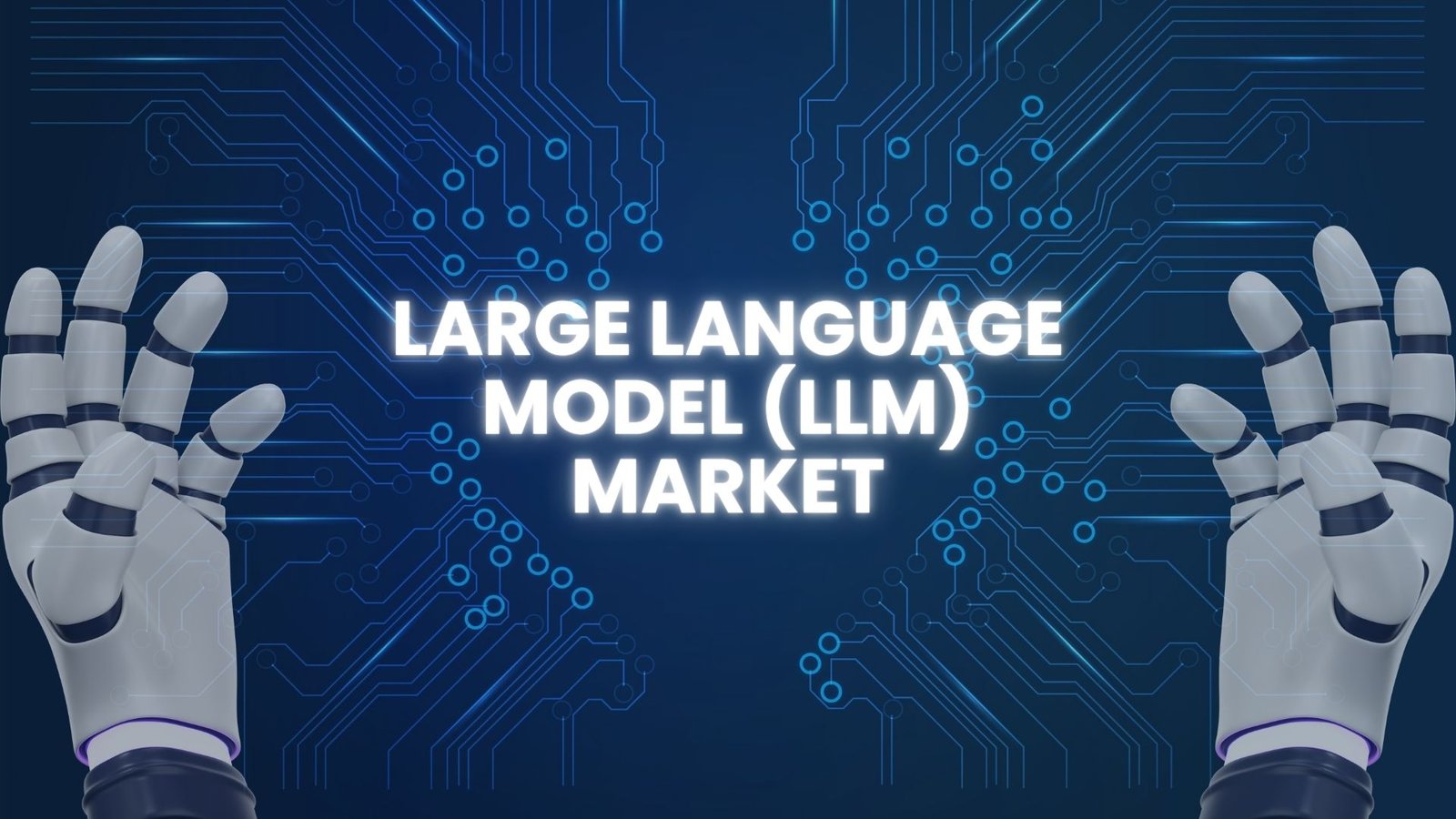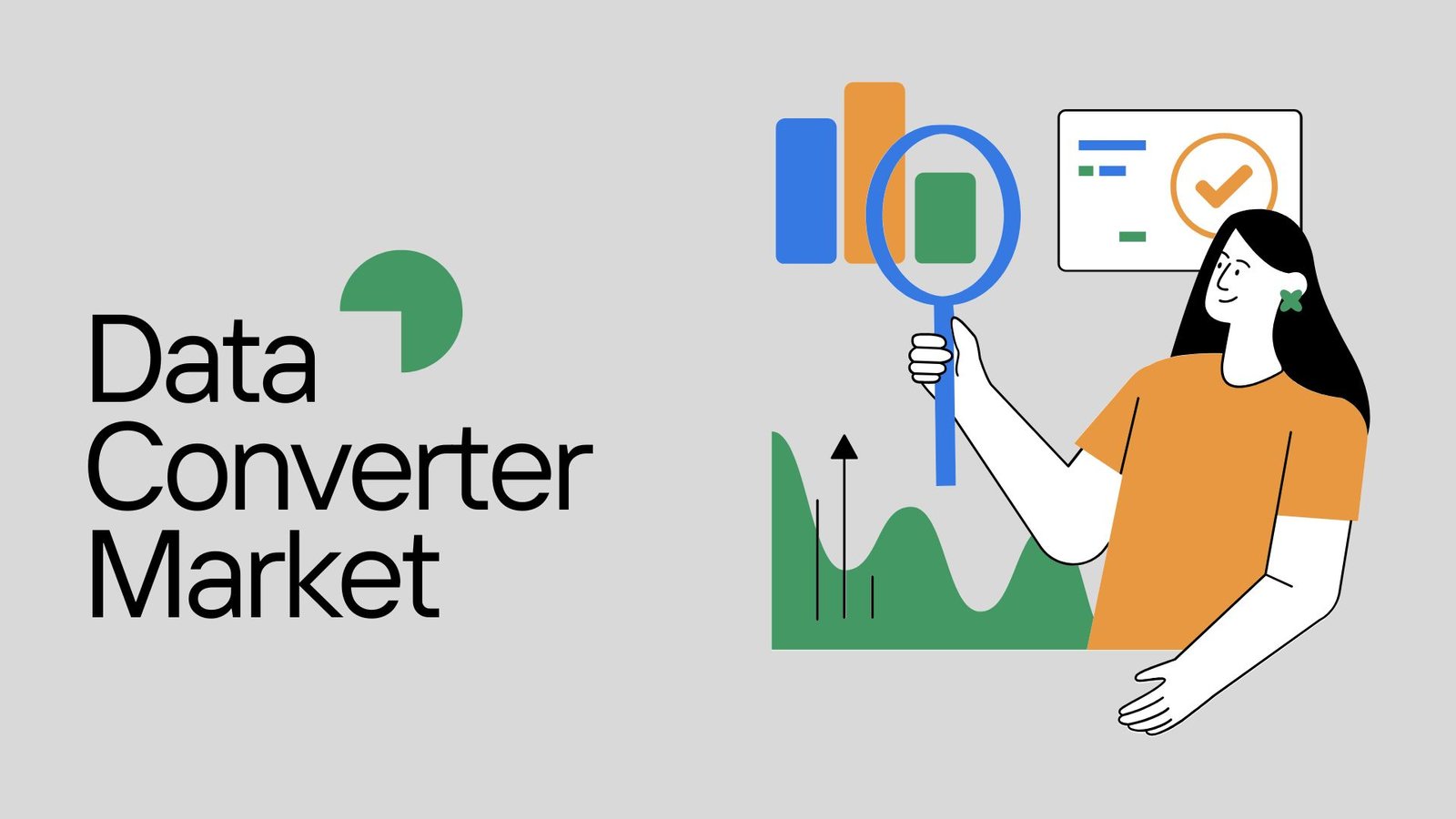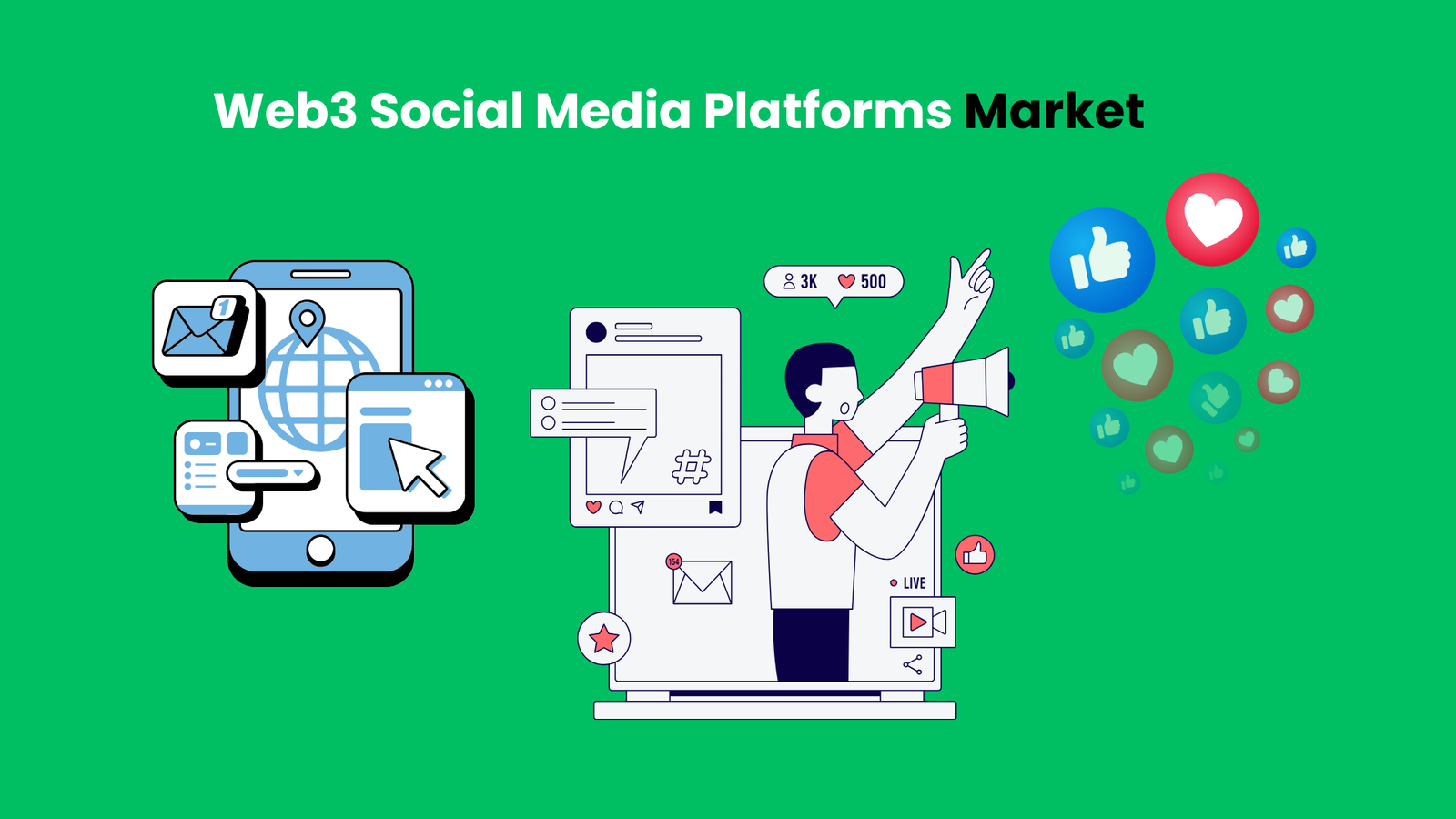AI SDR Market to hit USD 37.5 Billion By 2034
Updated · Oct 22, 2025

WHAT WE HAVE ON THIS PAGE
AI SDR Market Size
The Global AI SDR (Sales Development Representative) Market is projected to reach approximately USD 37.5 billion by 2034, rising from USD 3.1 billion in 2024, and expanding at a CAGR of 28.3% between 2025 and 2034. The market growth is driven by the increasing adoption of AI-powered tools for automating lead qualification, outreach personalization, and pipeline optimization. Organizations are increasingly integrating AI SDR platforms to enhance productivity, reduce manual workload, and improve conversion rates through predictive analytics and conversational intelligence.
The AI SDR (Artificial Intelligence Sales Development Representative) market refers to the sector of AI-powered software tools designed to automate and enhance the sales development process. These tools perform tasks traditionally done by human SDRs, such as lead generation, qualification, outreach, and follow-up, using machine learning, natural language processing, and predictive analytics. AI SDR platforms help sales teams prioritize high-potential leads, personalize communications at scale, and improve efficiency by handling repetitive, time-consuming activities.
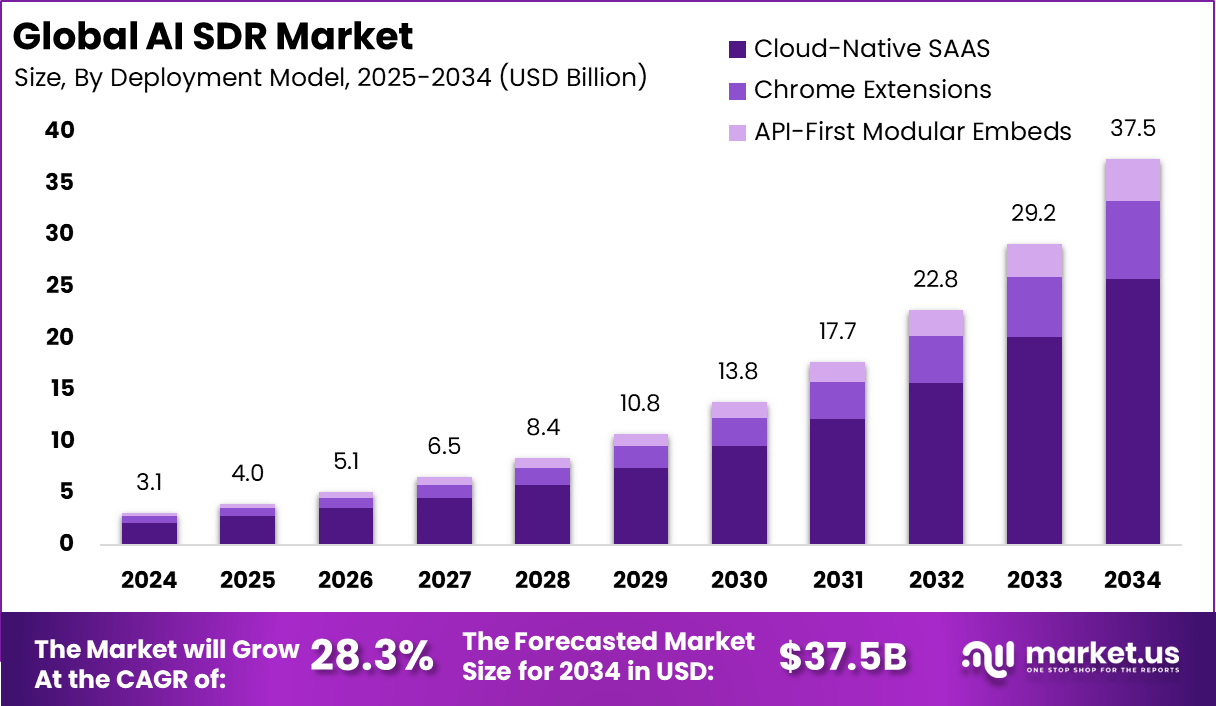
Top driving factors for the AI SDR market include the rising demand for sales automation and data-driven decision-making, which enables businesses to reduce manual effort, accelerate revenue cycles, and improve pipeline efficiency. Increased competition in B2B sales and the pressure to shorten sales cycles push companies to adopt AI SDRs. The growing integration of AI with CRM platforms and cloud-based sales enablement tools also supports fast adoption, allowing mid-sized businesses easy access without heavy IT investments. Additionally, intent-based prospecting and predictive analysis techniques boost lead targeting and conversion rates, providing measurable performance improvements.
Market Size and Growth
| Metric | Statistic / Value |
|---|---|
| Market Value (2024) | USD 3.1 Bn |
| Forecast Revenue (2034) | USD 37.5 Bn |
| CAGR(2025-2034) | 28.3% |
| Leading Segment | Software – 71.5% |
| Region with Largest Share | North America [41.2% Market Share] |
| Largest Country | U.S. [USD 1.26 bn Market Revenue], CAGR: 26.4% |
According to data from SuperAGI, AI SDRs can achieve an impressive ROI of up to 300% within the first year, compared with approximately 200% over two to three years for human SDRs. In scalability terms, AI SDRs are capable of reaching more than 1,000 contacts per day, while human SDRs typically manage only 30 to 50. Businesses implementing AI in their sales workflows have reported up to a 50% increase in sales-qualified leads, underscoring the transformative potential of automation in sales engagement and prospecting.
Adoption has been particularly strong in the technology sector, where about 63% of companies have deployed AI SDR solutions, followed by finance at 57% and healthcare at 45%. This surge in integration is attributed to measurable gains in sales performance, such as improved conversion rates, reduced sales cycles, and higher lead quality. By enhancing pipeline velocity and optimizing resource utilization, AI SDRs have become an indispensable asset for organizations seeking efficiency and scalability in their sales operations.
Key Insight Summary
- The global market is expected to grow from USD 3.1 Billion in 2024 to nearly USD 37.5 Billion by 2034, reflecting a robust 28.3% CAGR, driven by automation in sales processes and the need for real-time customer engagement.
- North America dominated with a 41.2% share, generating USD 1.2 Billion, supported by early enterprise adoption of AI-powered sales tools and advanced CRM integration.
- The US market contributed USD 1.26 Billion in 2024 and is projected to expand at a 26.4% CAGR, fueled by a mature digital sales ecosystem and sustained SaaS investments.
- The Software segment accounted for 71.5%, as businesses prioritize AI-based automation platforms for outreach, scheduling, and pipeline optimization.
- Lead Generation and Qualification held 20.7% of total use cases, underscoring the critical role of AI SDRs in identifying high-potential prospects and improving sales efficiency.
- Cloud-Native SaaS deployments captured 68.9%, reflecting preference for scalable, low-cost, and easily integrated solutions within CRM infrastructures.
- Outbound sales channels led with 41.2%, driven by AI SDR adoption for automated follow-ups, outreach, and cold engagement activities.
- The Retail and E-commerce sector represented 17.3% of overall adoption, utilizing AI SDRs for customer acquisition, personalized communication, and conversion improvement.
Analysts’ Viewpoint
Demand for AI SDR technology is expanding across various industries, with technology, finance, and healthcare sectors leading adoption. For example, about 63% of tech businesses use AI SDR solutions, followed by finance at 57% and healthcare at 45%. These technologies improve scalability, with AI SDRs able to contact over 1,000 leads daily compared to 30-50 by human SDRs. Businesses have reported up to 50% increases in sales-qualified leads and potential ROI gains up to 300% in the first year after deploying AI SDR tools. This strong demand arises from the need to handle larger lead volumes efficiently and achieve hyper-targeted sales outreach.
Increasingly adopted technologies within AI SDR platforms include natural language processing (NLP), machine learning (ML), and predictive analytics that analyze behavioral signals such as online content interactions, website visits, and social media activity. AI SDRs integrate firmographic and technographic data to form ideal customer profiles and enable personalized, intent-driven prospecting. Cloud-based SaaS deployment models and API integrations facilitate easier implementation and scalability, allowing fast adoption even by companies with limited technical expertise.
Key reasons businesses adopt AI SDRs are to improve sales efficiency, reduce operational costs by automating repetitive tasks, and accelerate the lead-to-sale conversion process. AI SDRs increase pipeline velocity by shortening sales cycles and enabling sales reps to focus more on high-value activities rather than manual data entry and outreach. This also leads to improved sales team morale by reducing burnout and enhancing job satisfaction. Companies implementing AI SDRs often experience cost savings, higher conversion rates, and more consistent sales engagement.
Investment and Business Benefits
Investment opportunities in the AI SDR market are present in developing advanced AI algorithms for lead scoring and personalized outreach, enhancing integration with CRM systems, and expanding solutions tailored to regulated industries like healthcare and fintech. The rising demand for AI-driven tools in telecom, defense, industrial IoT, and autonomous vehicle communication presents additional areas for growth. Research and innovation to overcome challenges such as AI accuracy, data privacy compliance, and system interoperability further fuel investment interest.
The business benefits of AI SDR adoption include scalable lead generation and management, faster revenue realization, and improved alignment between sales and marketing functions. AI SDR platforms enable companies to respond to high volumes of prospects promptly and maintain engagement quality across multiple channels. They also provide actionable data insights, helping optimize sales strategies. These tools contribute to sustained competitive advantage by supporting data-driven sales execution and operational efficiency
Regional Insights
In 2024, North America held a dominant position in the global market, accounting for over 41.2% of total revenue and generating approximately USD 1.2 billion. The region’s leadership is supported by strong investments in AI-driven sales technologies, widespread use of cloud-based CRM platforms, and the presence of advanced digital infrastructure. The growing emphasis on data-driven sales engagement and enterprise automation continues to strengthen North America’s role as the leading hub for AI SDR solutions.
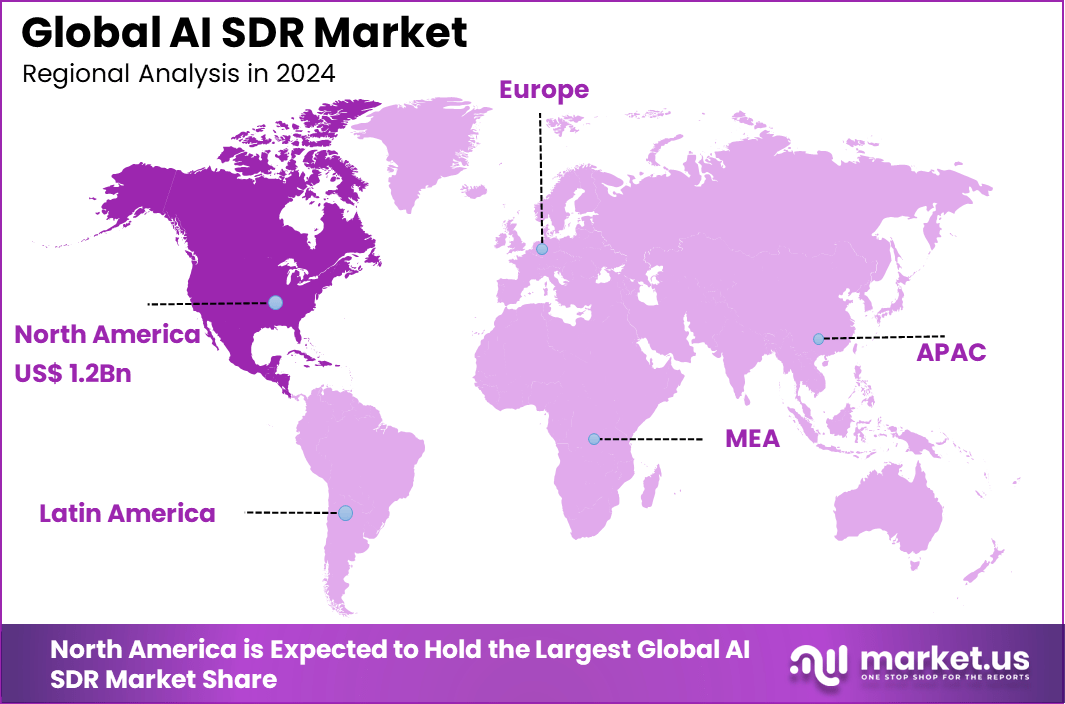
Driver
Increasing Sales Efficiency and Personalization
The demand for AI Sales Development Representatives (SDRs) is growing because businesses want to improve sales efficiency while reaching more potential customers. AI SDRs automate time-consuming tasks such as lead research, email generation, and follow-ups. This automation helps sales teams focus on high-value activities rather than repetitive work. AI can also customize the messages to each prospect, making outreach more relevant, which increases the chances of engagement and conversion.
This combination of automation and personalization allows companies to scale their prospecting efforts and manage large sales pipelines effectively. With AI analyzing buyer signals and firmographic data, sales reps get better-targeted leads and can respond with personalized communication. This drives faster and more accurate sales outcomes, which is why the AI SDR market is forecasted to grow rapidly.
Restraint
Limited AI Understanding of Complex Human Context
Despite progress, AI SDRs still struggle with fully understanding nuanced human interactions. AI can generate personalized content but lacks emotional intelligence and deep contextual awareness needed for building trust in complex sales relationships. This limitation affects AI’s ability to handle sensitive conversations or atypical buyer behaviors, which are often crucial in closing bigger deals.
Also, the success of AI SDRs depends heavily on the quality of training data and ongoing updates. Poor data or outdated models can lead to irrelevant or ineffective outreach, hurting sales success. This restricts AI adoption in industries where relationship building and emotional sensitivity remain critical to sales processes.
Opportunity
Rapid Adoption in Emerging B2B Markets
The Asia-Pacific region presents a significant growth opportunity for AI SDR solutions due to rapid digitalization and the surge in B2B SaaS activity. Countries like India, China, and Japan are increasingly investing in AI-powered sales automation tools to handle growing sales volumes and expand their market reach. Small and medium enterprises (SMEs) in these markets especially benefit from affordable AI platforms that enable efficient lead qualification and outreach automation.
Further, integration with cloud-based CRM and marketing automation tools creates scope for more advanced AI capabilities such as predictive analytics and conversational intelligence. This allows companies in these regions to compete more effectively on a global scale, driving the fastest AI SDR market growth worldwide. The growing startup ecosystem and government support for AI innovation also add momentum to this opportunity.
Challenge
Data Privacy and Trust Concerns
A major challenge for AI SDR adoption is managing data privacy and ensuring ethical use of customer information. AI SDRs rely on large volumes of personal and business data to deliver personalized outreach. Increasing regulations on data protection and rising awareness among buyers about data use create pressure on companies to comply and maintain trust.
Additionally, lack of standardized benchmarks to measure AI fairness and accuracy can lead to skepticism about AI-driven decisions in sales. Concerns around potential misuse of data or AI biases in lead selection may slow adoption in some markets and industries. Companies must invest in secure data handling and transparent AI practices to overcome these issues and gain customer confidence.
Key Market Segments
By Offering
- Software
- AI Outreach Assistants
- Conversation Intelligence Tools
- AI-Enhanced Sales Engagement Platforms
- Lead Research & Enrichment Bots
- Email Deliverability Optimizers
- AI Script & Template Generators
- Service
- Workflow Automation Setup & Integration
- AI Personalization & Prompt Consulting
- Deliverability & Spam Audit Services
By Use Case
- Lead Generation & Qualification
- Prospecting & Outreach
- CRM Integration & Data Management
- Meeting & Appointment Scheduling
- Research, Coaching & SDR Enablement
- Follow Up & Nurturing
- Sales Reporting & Analytics
- Integration Environment
- Others
By Deployment Model
- Cloud-Native SAAS
- Chrome Extensions
- API-First Modular Embeds
By Sales Channel
- Outbound
- Inbound
- Hybrid
By Industry Vertical
- Retail & E-commerce
- BFSI
- Telecommunications
- Healthcare & Life Sciences
- Education
- Media & Entertainment
- Manufacturing
- Travel & Hospitality
- Real Estate & Construction
- Others
Top Key Players in the Market
- Hubspot Inc.
- Salesforce
- Klenty
- OpenAI
- IBM Corporation
- Microsoft Corporation
- Google LLC
- Plivo
- Conversica
- Artisian
- 11x AI Inc.
- LYZR
- Luru
- floworks
- Others
Source of Information – https://market.us/report/ai-sdr-market/

Rohan is a senior editor at Techno Trenz. He knows a lot about digital marketing, SEO, and social media optimization. Rohan is great at creating and editing detailed articles with accurate statistics that readers find useful. As a senior editor, he reviews and checks the quality of content from many writers before it is published. He also makes infographics to go with the statistics, making the information easier to understand and more engaging. Rohan's hard work ensures that Techno Trenz provides high-quality and informative content to its readers.



